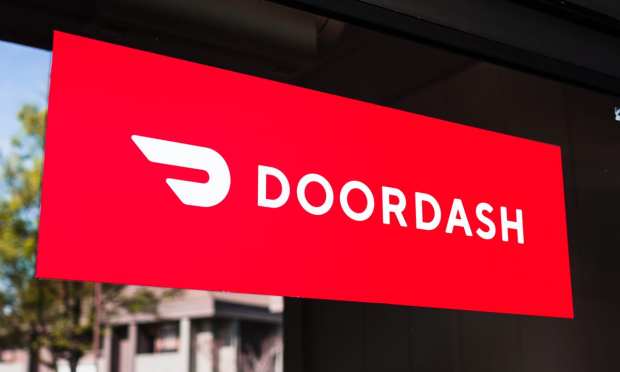Will DoorDash’s New Initiatives Be Enough In The Post-Pandemic Future?

It’s been quite the year for third-party delivery companies, with consumers’ mass adoption of off-premises ordering posing an unprecedented opportunity. Yet, as some of these delivery services saw strong growth during lockdown, others struggled to turn a profit in the face of the narrow margins of the business model. DoorDash, for its part, saw a $1.9 billion revenue boost during 2020’s first nine months. After going public in December, the shares immediately skyrocketed. Since then, its shares have seen significant ups and downs — their valuation has fallen 13 percent since Friday (Feb. 19), though the current price is only slightly lower than the IPO.
Tomorrow (Feb. 25), DoorDash will report its results for Q4 and for all of 2020, the company’s first quarterly earnings report since going public. There is every reason to believe that the company will have continued success through the final quarter. The continuance of the pandemic left homebound consumers with relatively few alternatives for COVID-safe restaurant meals, especially as colder temperatures in the latter part of the year made outdoor dining a less attractive prospect.
Additionally, DoorDash announced a number of initiatives in the last year that position the company to reach new audiences and create new use cases. The company’s DashMart C-store delivery feature has seen great success, and DoorDash-owned Caviar expanded into Austin, Miami and San Diego. The announcement of DashPass for Work and Expensed Meals tapped into the corporate market, offering a remote alternative to in-office meals.
The company is still a ways away from turning a profit, however. In fact, Citron analysts called the company “the most ridiculous IPO of 2020,” reports The Motley Fool. Analysts are predicting that the company will report significant losses tomorrow. FactSet’s analyst survey predicts an expected loss of $201.7 million, or 35 cents per share, according to MarketWatch. The stock may also see a downturn. Real Money’s Bruce Kamich surmises, “at this point, the long side of DASH does not look promising.”
Delivery In The Post-Pandemic World
The real measure of DoorDash’s business model will be its performance in the coming year, potentially popping the delivery bubble of 2020. On the call tomorrow, we may hear executives discuss their plans to maintain the company’s growth, as an increasing number of consumers receive their COVID-19 vaccines.
DoorDash may have cause for hope. A recent study highlighted in PYMNTS’ December Mobile Order-Ahead Tracker found that digital orders will make up 54 percent of QSRs’ sales by 2025, marking a 70 percent increase over the values outlined in studies published before the pandemic’s onset. Restaurants of all types — even those that previously did not offer mobile ordering — have shifted to digital channels amid social distancing orders and dining room shutdowns, and customers have now incorporated these ordering methods into their daily lives. The report also found that approximately 90 percent of U.S. and Canadian restaurants now offer delivery, mostly through third-party aggregators.
Acquisitions And Partnerships
As DoorDash discusses the factors affecting its prospects going forward, we can expect the company’s slew of recent acquisitions and partnerships to come into play. DoorDash has been moving into kitchen technology with its recent acquisition of Chowbotics, a California-based food prep automation company, to provide its merchants with the company’s culinary robots.
This month, DoorDash also partnered with software as a Service (SaaS) provider Ordrslip, which gives restaurants, concession stands and food trucks the ability to operate custom smartphone apps to meet the growing demand for mobile ordering options. This will allow restaurants to provide DoorDash delivery through their own apps, giving restaurants access to DoorDash’s infrastructure without sacrificing their mobile relationships with consumers. The delivery service has also been teaming up with payment tech providers, allowing orders through PayPal and partnering with Square to streamline transactions for restaurants and consumers alike.
Though DoorDash has taken advantage of its mid-pandemic strength to acquire new subsidiaries and join with new partners, only time will tell whether these initiatives will be enough to sustain the company’s growth as demand for delivery subsides. “It’s just like Zoom. They’ve benefited from a massive disruption to the system,” Paytronix CEO Andrew Robbins told Karen Webster in a recent conversation. “The reality is that’s going to ease. People like to go back to their old behaviors, so that’ll happen. But some of what’s here will remain, and it will be interesting to see exactly how much and what they can do with it.”
